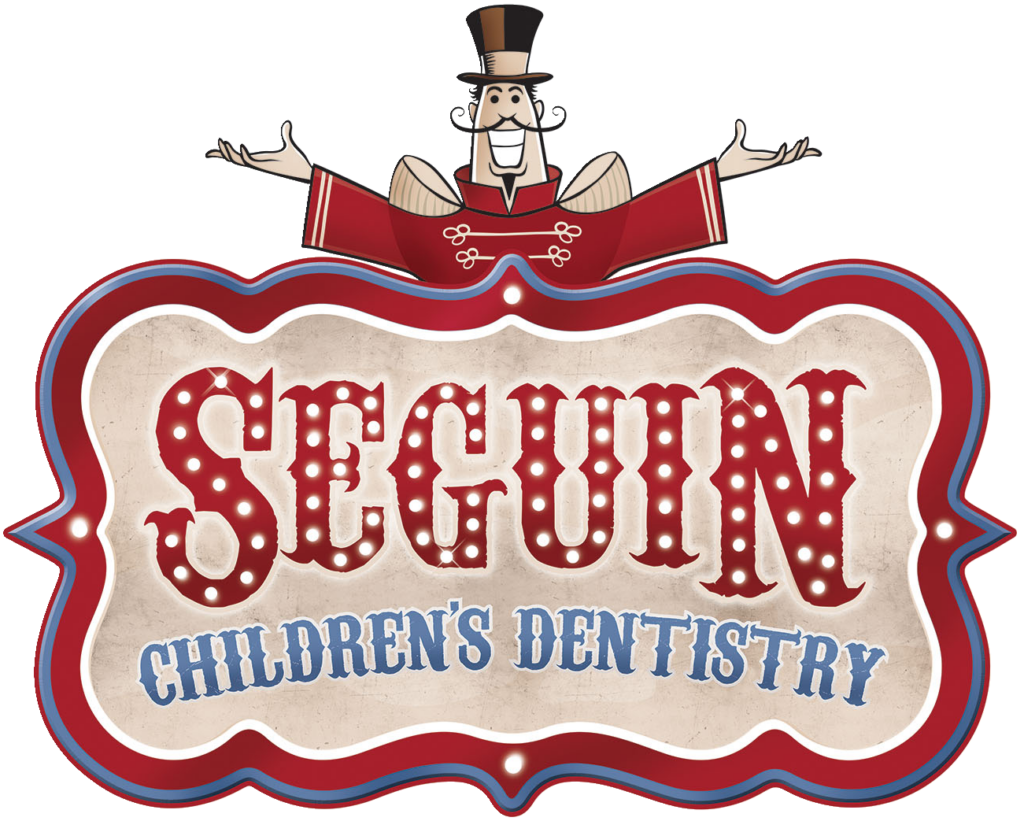What is Pediatric Dentistry?
The ADA defines Pediatric dentistry as an age-defined specialty that provides both primary and comprehensive preventive and therapeutic oral health care for infants and children through adolescence, including those with special health care needs.
What is the Difference between a General Dentist (Family Dentist) and a Pediatric Dentist?
A General Dentist must successfully complete a 4 year Doctor of Dental Surgery (DDS) or Doctor of Dental Medicine (DMD) program. General Dentists may choose to treat adult patients only or may treat patients of all ages (Family Dentistry).
Pediatric dentists must successfully complete a 4 year Doctor of Dental Surgery (DDS) or Doctor of Dental Medicine (DMD) program to be eligible to apply to a 2 year Pediatric Dentistry residency program.
The Pediatric Dentistry residency is a highly competitive program and applicants are selected based on academics and clinical expertise. An average of 8-10 students per year, per school are selected to participate in the residency program accredited by the Commission on Dental Accreditation of the American Dental Association (ADA). After residency, the student must pass a written Board exam to receive a Certificate in Pediatric Dentistry. The student may opt to take the oral Board exam to become a Board Certified Pediatric Dentist.
What Does a Pediatric Dentist Do?
Pediatric dentists focus on maintaining baby teeth because of how those teeth affect future oral development. Baby teeth, which are replaced by permanent teeth, affect the development of good chewing habits and proper speech. The services that pediatric dentists provide for baby teeth influence the child’s overall oral health and hygiene.
Pediatric dentists are trained to adjust their communication to children and to avoid negative words associated with dental exams or procedures. Pediatric dentists are sensitive to the fact that childhood dentist anxiety can have lifelong effects, so establishing positive associations with dentists is essential.
Other functions of pediatric dentists include the following:
Education:
Pediatric dentists use models, computer technology, and child-friendly terminology to educate children about oral wellness. They also provide parents with guidance about preventing disease and encourage nutritious eating. Pediatric dentists also establish dental hygiene routines that parents can help children carry out at home.
Growth Monitoring:
Dental issues can be predicted by continuously tracking the child’s oral growth and development. The specialized knowledge of pediatric dentists can address issues early, before they worsen.
Prevention:
Tooth decay can often be prevented with a nutrient-dense diet and strong oral care routines. Pediatric dentists can apply dental sealants or topical fluoride during checkups or dental cleanings to help prevent tooth decay. Pediatric dentists provide information about thumb sucking, orthodontic pacifiers, or bottle and sippy cup cessation. They can also demonstrate best practices for brushing and flossing teeth.
Intervention:
When appropriate, a pediatric dentist will discuss options related to early oral treatments. Symptoms that may require a treatment plan can include oral injury, malocclusion (jaw and teeth alignment), or bruxism (teeth grinding). Appliances such as night guards or space maintainers might be necessary.




